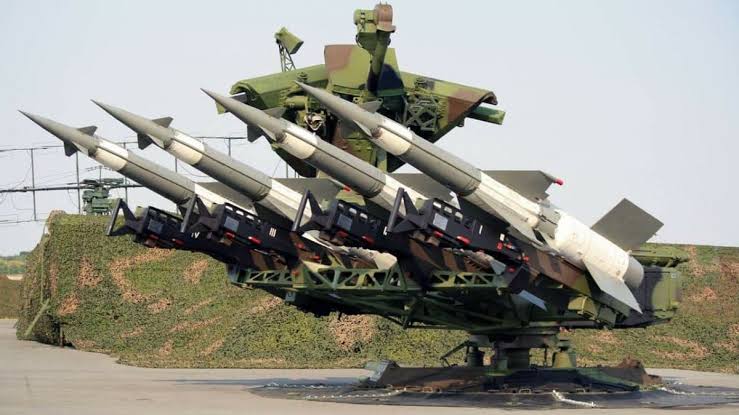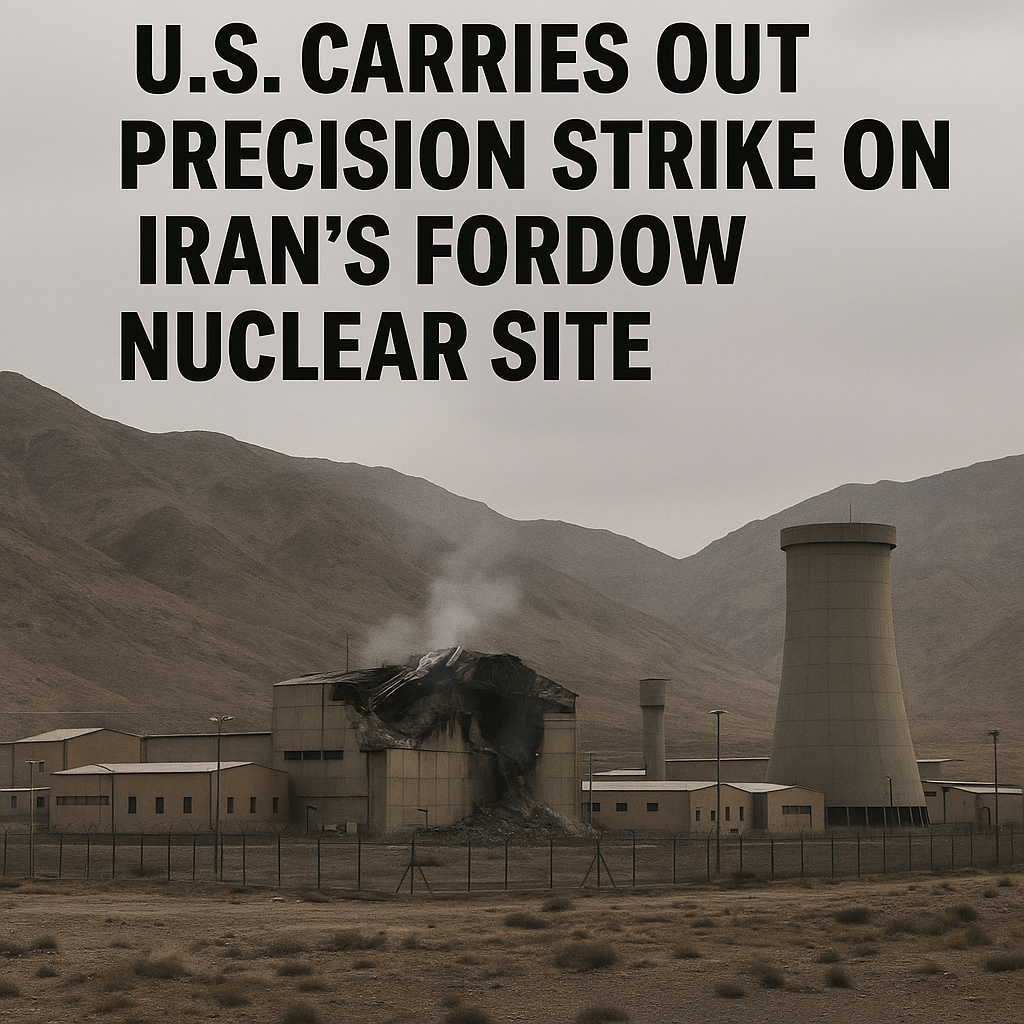AI in the battlefield: How India Used Next-Gen Warfare to Counter Pakistan’s Air Strikes
During the four-day military conflict between India and Pakistan, which began on the night of May 6–7, defence sources revealed that New Delhi successfully targeted multiple military installations across the border and repelled a wave of attacks. This was made possible through the effective integration of India’s space technology, advanced electronics, and computing capabilities powered by artificial intelligence (AI).
Sources indicated that India’s indigenous navigation systems, advanced air defence capabilities—including both hard and soft kill techniques to intercept enemy threats—and its ability to penetrate deep and strike strategic targets within Pakistan, showcased the nation’s growing prowess in leveraging technological advancements as a strategic edge in modern warfare.
AI for Situational Awareness
The Indian armed forces harnessed AI-powered, cloud-based integrated air command and control systems to detect and track hostile aerial objects. “From identifying the radar signature of an enemy object in the sky to strategically positioning forces to neutralize it from land, sea, or air—every step was executed using state-of-the-art AI-integrated systems,” a defence source stated.
Many of India’s integrated technological capabilities were mobilized to establish an impenetrable shield against incoming aerial threats from Pakistan during last week’s military conflict. The foundation for these advancements was laid over half a decade ago, when the armed forces began exploring the use of artificial intelligence to enhance both their defensive and offensive operations.
Breaking News: Deepfake Awareness In AI Era
AI Roadmap Defense Sector

In 2018, the Ministry of Defence (MoD) established a multi-stakeholder task force to examine the strategic implications of artificial intelligence in the context of national security. Following the task force’s recommendations, the MoD set up the Defence AI Council (DAIC) and the Defence AI Project Agency (DAIPA) to provide strategic direction, facilitate policy reforms, and build the structural framework necessary for integrating AI into India’s armed forces.
In 2022, the government finalized a comprehensive roadmap for defence public sector undertakings (DPSUs), approving 70 AI-specific defence projects—40 of which were completed at the time. Looking ahead to 2026, a total of 129 AI-driven defence projects have been sanctioned, with 77 already executed. To support these initiatives, each branch of the Indian armed forces allocated Rs 100 crore for AI implementation as of 2022.
Bharat Electronics Limited (BEL), for example, has developed an AI-based system capable of recognizing and classifying enemy aircraft activity. This technology enables automatic identification of enemy aerial strategies, enhancing situational awareness. The system is expected to be integrated into India’s Integrated Air Command and Control System (IACCS), which BEL has also developed. IACCS consolidates data from all air defence assets to provide real-time situational awareness, enabling quick and effective responses to a wide range of aerial threats.
The Indian Army has introduced an AI-based Intercept Management System (IMS) designed to analyse and automate intercepts of adversary communications in the Western Theatre. This software employs AI and data visualization techniques to interpret mission-critical data, creating a comprehensive intelligence picture. It enables automated analysis and categorization of intercepts using advanced data science tools.
Additionally, the Centre for Artificial Intelligence & Robotics (CAIR), a DRDO lab, has developed the Air Defence Control and Reporting System (ADC&RS). This system detects incoming aerial threats and coordinates the integration of air defence weaponry to neutralize them before they reach sensitive areas, significantly enhancing the nation’s defensive posture.














Post Comment